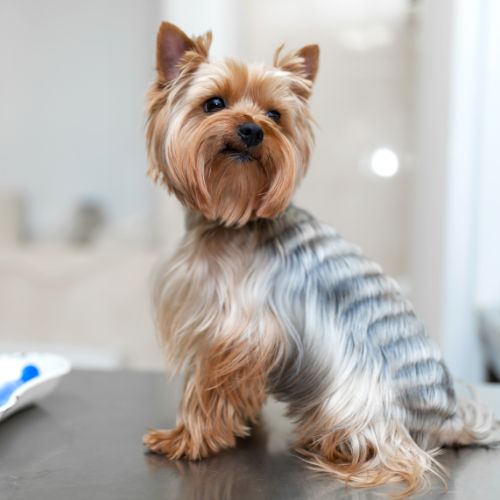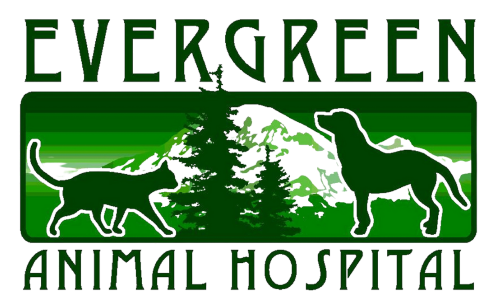Pet Anesthesia at Evergreen Animal Hospital in Gig Harbor, WA
Anesthesia is administered to regulate your pet’s consciousness level, ensuring they remain pain-free and stationary during procedures.

Pet Anesthesia in Gig Harbor, WA
Most of us have some anxiety about anesthesia but it is important to realize this is the safest way to maintain your pet’s health at this time. Anesthesia for animals has come a long way and is safer than it ever was before, and a well-trained veterinary team further reduces your pet’s risk. Like any medical procedure, anesthesia does have risks. Most anesthetic complications are minor and with proper monitoring and a proper response can be quickly resolved. Life-changing anesthetic complications are thankfully very rare. The risks of anesthesia should always be considered along with the benefits. The risks and benefits of any alternatives to anesthesia should also be considered.
Before Anesthesia
Prior to receiving anesthesia, your veterinarian will perform a thorough physical exam on your pet, review your pet’s medical history and discuss any risk factors. Your veterinarian may also perform blood tests on your pet to check for any indications of a developing medical problem or anesthetic risk. We require pre-anesthetic bloodwork for senior pets and recommend it for all pets. Prior to anesthesia, your pet will be given a pre-anesthetic sedative to reduce their stress and ease the process. An intravenous catheter will be placed to allow administration of fluids and medications.
During Anesthesia
While under anesthesia, your pet will receive monitoring and care comparable to what you would receive if you underwent anesthesia. All anesthesia performed at our hospital is under the direct and constant supervision of your veterinarian. This will include intravenous fluids to support your pet’s circulation and blood pressure. An endotracheal tube will be inserted into your pet’s trachea (windpipe) to deliver the anesthetic gas and provide oxygen to your pet’s lungs. We use warming blankets and a heated table to prevent hypothermia (low body temperature). Pulse oximetry will measure the oxygenation of your pet’s blood. Throughout the procedure we will monitor blood pressure, temperature and electrocardiography (ECG, also called EKG) to monitor your pet’s heart.
After Anesthesia
Once the procedure is done and it’s time for your pet to wake up from anesthesia, your pet will be placed in a quiet kennel to recover under close observation. Pets are closely monitored during this time to make sure that they are recovering normally and that care is provided quickly if there are any problems. Pads and blankets are used to keep your pet warm and comfortable during the recovery. The endotracheal tube is removed when your pet is awake enough to swallow normally. Fluids and/or medications may be continued through recovery, if deemed necessary. Depending on the procedure and your pet’s medical condition, he or she may be sent home later in the day (once adequately recovered from anesthesia). Under very rare circumstances if your pet is having difficulty after anesthesia they may be transferred to an emergency hospital for overnight care and monitoring.
Please ask one of our veterinary technicians or veterinarians if you have any questions about anesthetic monitoring and safety here at Evergreen Animal Hospital.
